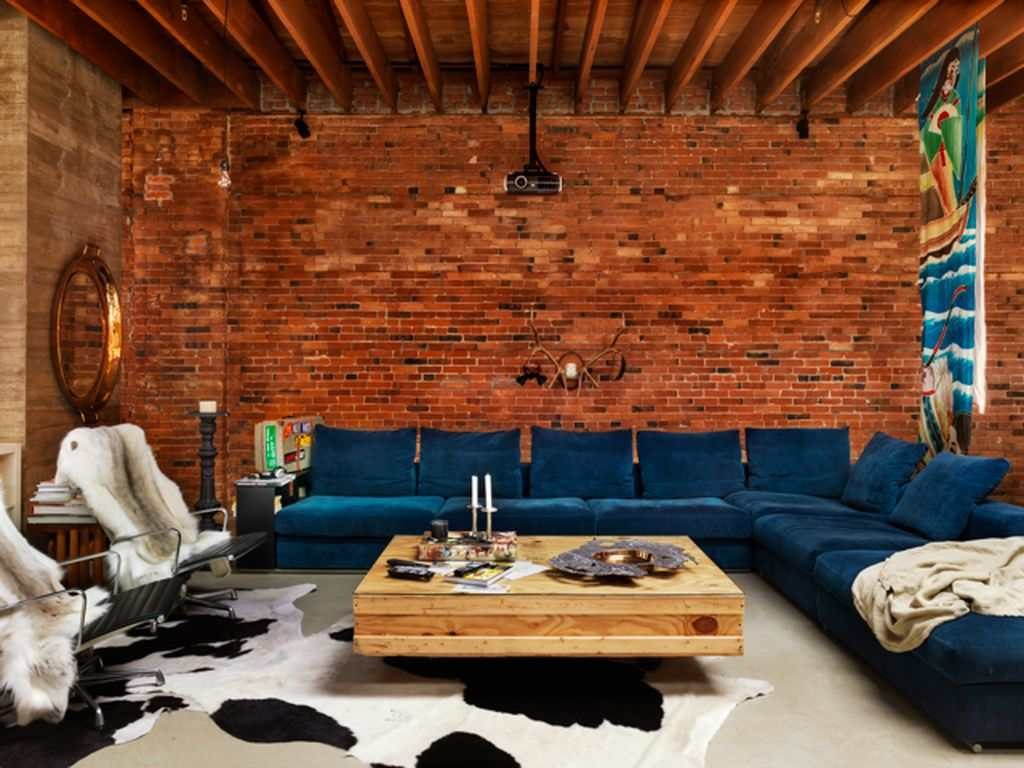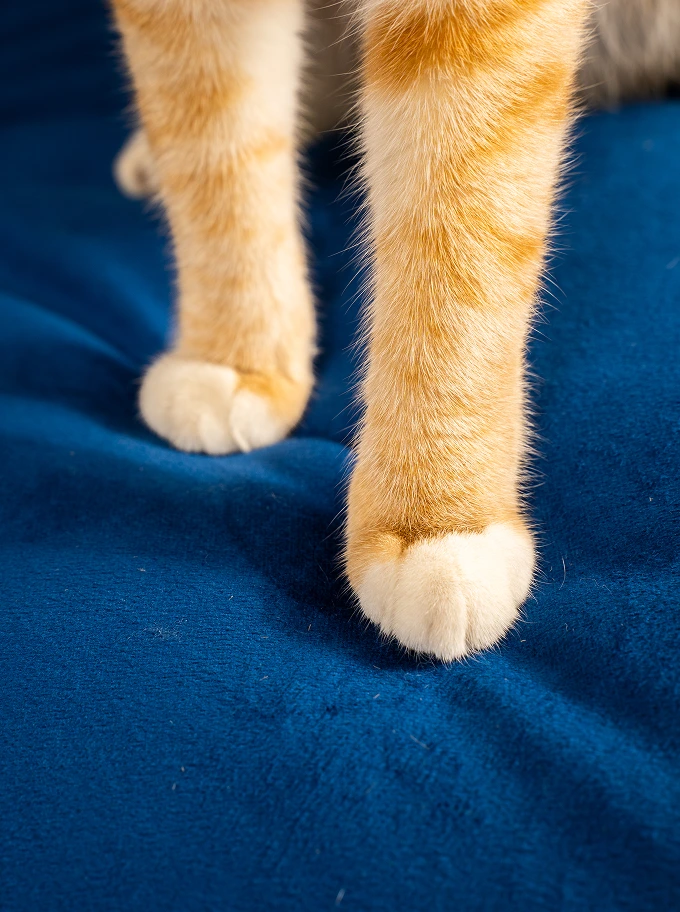
Hello, ladies and gentlemen. Let’s talk about a much-maligned fabric and why it’s clearly superior to all others. This is a completely impartial review of that amazing fabric, we’re permitting nothing but correct opinions in this very objective piece today.
To start the arguments for velvet, a walk through history lane.
Velvet – an origin story
The exact inventing society hasn’t yet been determined, with both Egypt and China laying claim to this. But what we do know is that velvet truly started its rise to the throne around the 14th century, in Renaissance Italy. A rising mercantile class concentrated resources and skills tightly, providing a perfect environment for both supply and demand. Producing velvet required a massive chain of resources and highly skilled craftsmen from different industries. These many tasks included: the cultivation of silkworms; the processing of the cocoons to remove the silk filaments; spinning of the thread; cleaning, dying, and reeling of the finished silk thread; mounting of the loom with the prepared thread; weaving; and finally presenting the finished cloth for inspection and sale.
Is it any wonder that velvet is seen as a distinguished fabric for the upper class? Of course, the fact that only the upper classes could afford this rich fabric helped. Just a little.
Velvet – a hedonistic fabric
Velvet is woven in a unique way that gives it characteristic smoothness and comfort. This results in either cut piled velvet, or double-piled, uncut velvet. Cut velvet has a distinguished sheen and depth of colour, which changes as the light reflects off different angles. Try doing that with duck canvas!
This lends itself extraordinarily well to deep, luxurious dyes. Deep blacks, brilliant whites, pompous purples and blood-wine red are but a sample of what you’d get with velvet. Or add a splash of eminence with a gold or silver thread woven in your velvet.
And we haven’t even gotten to the Jacquard patterns possible, or really fancy geometric patterns. Would you really pass on something fit for a (Golden Age) King?
Velvet – makes you appreciate it
More common fabrics are simple, easy to maintain. Rip it off your sofa, chuck it in the washing machine and give it a couple of spins. Leave it out to dry and that’s it. But no, a royal fabric like velvet is not going to stand for such coarse treatment. You need a tender and gentle touch with a damp washcloth. And proper pampering with a dry clean. Something those machine-washable cottons will never get!
Velvet – keeps you productive
We’ve all been there, it’s another boring afternoon in the office and your double Venti mocha quad-shot frappucino chai latte isn’t giving you the kick you need. Time for a power nap! You sink into the soft embrace of your office’s striking velvet sofa and drift into the arms of Morpheus without setting an alarm. That’s right, you don’t need one with velvet, you’ll be awake in 20 minutes once your body heat warms up the sofa!
Or let’s take the inverse example.
Say it’s a cold winter’s day (or Tuesday, as Canadians call it), and you stumble in through your home’s grand double doors. A long day at the office has taken its toll and you flop into the bone hard and freezing leather of your designer sofa. Except you didn’t get that, but went for a velour velvet slipcover, which cuddles and warms you like a lover’s embrace. Smart move, dude.
And that…
is precisely why velvet is the King, by Divine Comfort appointment, of all fabrics. Forget “safe” cotton choices, “indie” blended fabrics, or bland, boring white/beige linen. Make your sofa great again, with a velvet slipcover. Because you’re a winner and winners buy velvet slipcovers.
Just like this Ektorp 3 seater slipcover in Rouge Ash.
img credits:sightunseen, decor8, deardesigner, hearthomemag, apartmenttherapy, prettypetals











